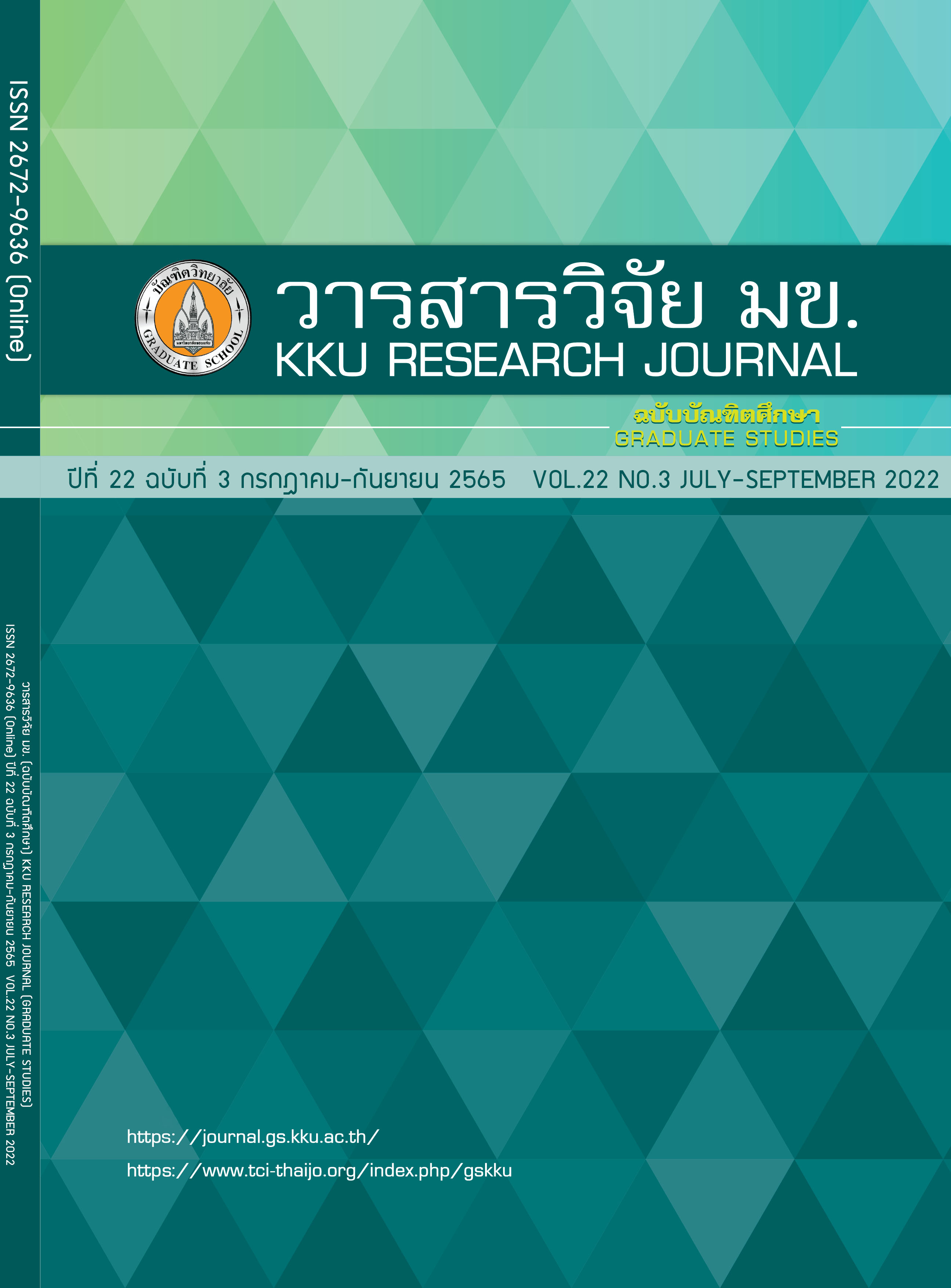Heuristics in Land use Optimization and Determination of Agricultural Product Warehouse
Keywords:
Long-term crop planning, Fractional knapsack problem, Land use optimizationAbstract
This research aims to offer a solution to manage long-term crop planning to control the production quantity and maximize profit. The problems were that many crops could grow together in the cultivated area depending on the type of crops, the time of cultivation, and cultivated some crops in multiple periods within that year. The linear programming model gave an optimal solution and compared it with the Fractional Knapsack Problem Algorithm. The objective were to manage long-term crop planning to control the quantity of production and maximize profit, comprised of the cost of cultivation on cultivated area, cost of opportunity that crop yield less than the demand, cost of changing crop type on cultivated area, cost of transportation from cultivated area to warehouse, and cost of harvesting. The algorithm tested the 18 cases, and five replications tested each case. The results found that the Heuristics Performance of the solutions obtained from the Fractional Knapsack Problem was 99.71% closer to the mathematical model.
References
Cooper L. Location-allocation problems. Operations research. 1963 Jun;11(3):331-343.
Gong D, Gen M, Yamazaki G, Xu W. Hybrid evolutionary method for capacitated location-allocation problem. Computers & industrial engineering. 1997 Dec 1;33(3-4):577-580.
Ebery J, Krishnamoorthy M, Ernst A, Boland N. The capacitated multiple allocation hub location problem: Formulations and algorithms. European journal of operational research. 2000 Feb 1;120(3):614-631.
Jin N, Termansen M, Hubacek K. Genetic algorithms for dynamic land-use optimization. In: Proceedings of the 2008 IEEE Congress on Evolutionary Computation (IEEE World Congress on Computational Intelligence); 2008 Jun 1; Hong Kong, China: IEEE; 2008. p. 3816-3821.
Qi H, Altinakar MS. A conceptual framework of agricultural land use planning with BMP for integrated watershed management. Journal of environmental management. 2011 Jan 1;92(1):149-155.
Shiripour S, Amiri-Aref M, Mahdavi I. The capacitated location-allocation problem in the presence of k connections. Applied Mathematics. 2011 Aug 3;2(08):947.
Liu X, Li X, Shi X, Huang K, Liu Y. A multi-type ant colony optimization (MACO) method for optimal land use allocation in large areas. International Journal of Geographical Information Science. 2012 Jul 1;26(7):1325-1343.
Sethanan K. Metaheuristics and Industrial application. 1st ed. Khon Kaen: Klungnanawittaya; 2017. Thai.
Ketsripongsa U, Pitakaso R, Sethanan K, Srivarapongse T. An Improved Differential Evolution Algorithm for Crop Planning in the Northeastern Region of Thailand. Mathematical and Computational Applications. 2018 Sep;23(3):40.
Pisinger D. Algorithms for knapsack problems [dissertation]. Denmark: University of Copenhagen; 1995.
Downloads
Published
Issue
Section
License
Copyright (c) 2022 KKU Research Journal (Graduate Studies)

This work is licensed under a Creative Commons Attribution-NonCommercial-NoDerivatives 4.0 International License.



